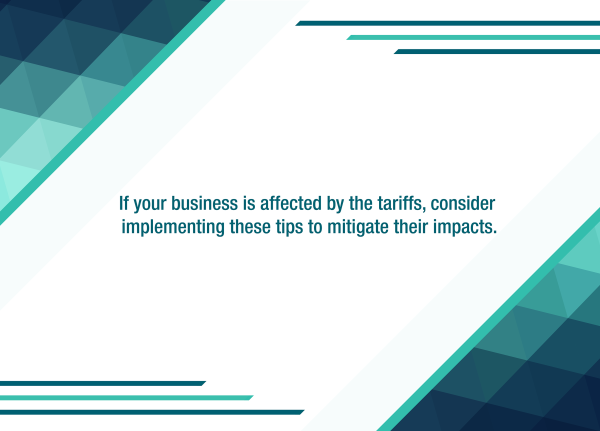On December 29, 2022, President Biden signed the Consolidated Appropriations Act of 2023 into law. This massive year-end “omnibus” spending package includes an important new law: the Setting Every Community Up for Retirement Enhancement 2.0 Act (SECURE 2.0). Here are some highlights that should be of great interest to employers that offer a 401(k) or other qualified plan:
Required automatic enrollment. Beginning in 2025, new 401(k) plans must automatically enroll participants when they become eligible. However, employees may opt out. The initial contribution amount is at least 3% but no more than 10%. Then, the amount must automatically increase every year until it reaches at least 10% but no more than 15%. Existing plans are exempt, and the law provides exceptions for small and new businesses.
Easier eligibility for part-time employees. SECURE 2.0 will lower the hurdles for long-term, part-time employees to participate in 401(k) plans. They’ll still need to work at least 500 hours before becoming eligible. However, they’ll have to work for only two consecutive years, rather than the three years required by the first SECURE Act. The provision takes effect for plan years beginning January 1, 2025.
Enhanced small business tax credits for businesses with no plan. To incentivize small businesses to establish retirement plans, SECURE 2.0 creates or enhances some tax credits. For example, it increases the startup credit from 50% to 100% of administrative costs for employers with up to 50 employees. An additional credit is available for some non-defined benefit plans, based on a percentage of the amount the employer contributes, up to $1,000 per employee. (The provisions become effective at different times; contact us for more information.)
Lowered barriers to offering annuities. Many employers have pondered the possibility of adding an annuity feature to their qualified plans or IRAs, but existing regulations addressing required minimum distributions (RMDs) have acted as a deterrent to doing so. For instance, the regulations prohibit annuities with guaranteed annual increases of only 1% to 2%, return of premium death benefits and period-certain guarantees. SECURE 2.0 removes these RMD barriers to annuities, beginning in 2023, which can help reduce retirees’ risk of depleting their savings before they die.
A higher RMD age and boosted catch-up contributions. Perhaps the most “headline grabbing” provisions of SECURE 2.0 are changes to the age at which participants must begin taking RMDs and boosted catch-up contribution amounts for certain older taxpayers. That is, beginning on January 1, 2023, the new law increases the RMD age to 73, and boosts it to 75 on January 1, 2033.
In addition, starting on January 1, 2025, individuals who are ages 60 to 63 can make catch-up contributions to 401(k) plans and SIMPLE plans up to the greater of $10,000 or 50% more than the regular catch-up amount. Employers may want to notify participants of these changes and other pertinent details as applicable dates come up.
We’ve described just a few of the important provisions of SECURE 2.0. We can provide further information and help you assess how the changes may affect the retirement plan your organization offers.
____________________________________
We highly recommend you confer with your Miller Kaplan advisor to understand your specific situation and how this may impact you.



